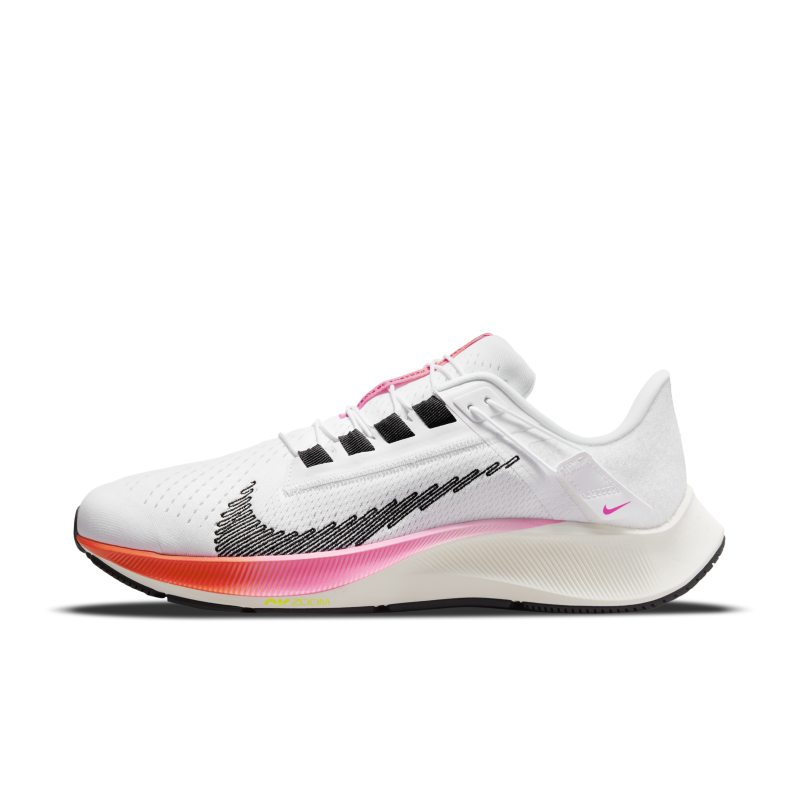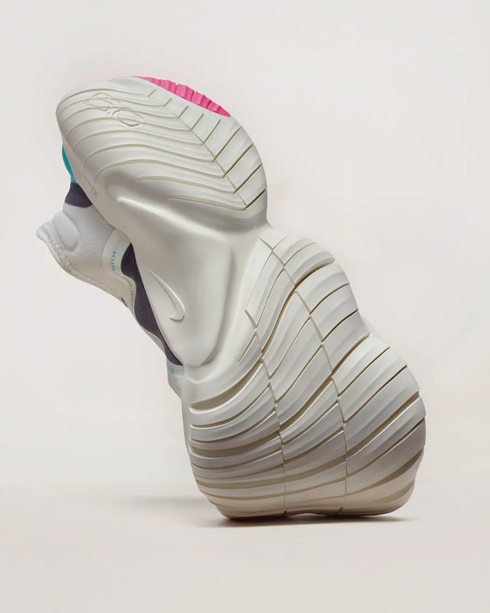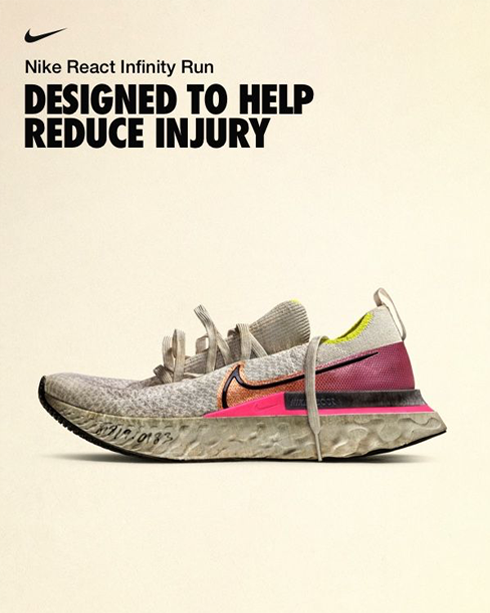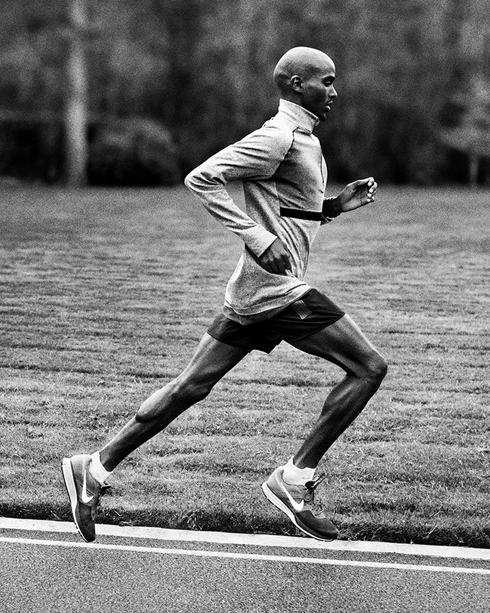Nike
FlyEase
A revolution in accessibility.

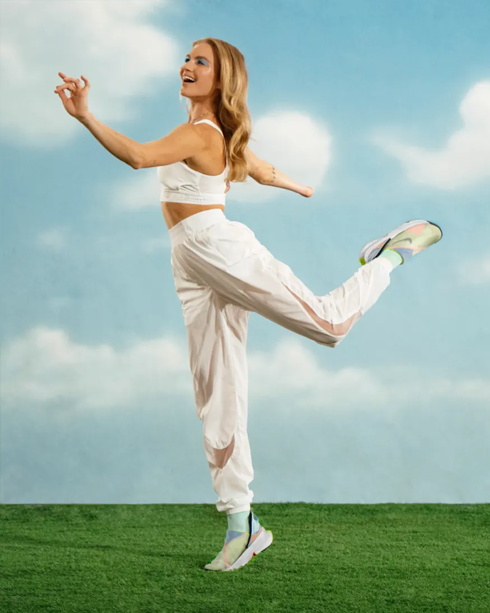
A tragic beginning
Throughout its history, Nike has attempted to push the boundaries of shoe design to propel athletes to ever greater heights. However, in the mid 2000s, a tragedy occurred that would eventually change the way the brand viewed sneakers. Jeff Johnson, Nike’s first full-time employee, who had actually joined the company way back in the 1960s when it was still known as Blue Ribbon Sports, suffered a stroke. Although he survived, his movement was limited, making it difficult for him to put on conventional footwear. Seeing Johnson’s plight, innovative designer Tobie Hatfield felt moved to help, beginning a journey into adaptive shoe design.
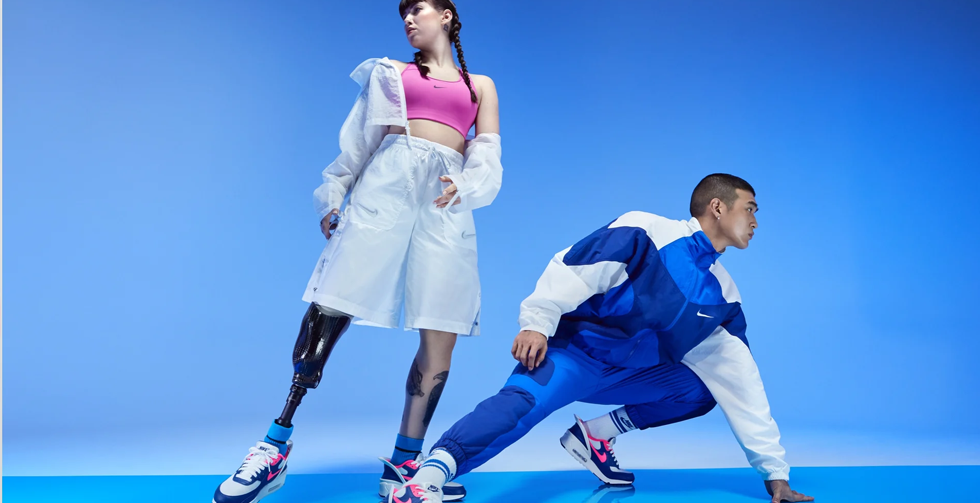
“If you have a body, you’re an athlete”
In 2006, two years after Johnson’s stroke, Hatfield started to work on footwear for those with disabilities. Initially, his designs were aimed at athletes, and he enlisted professional paratriathlete Sarah Reinertsen to assist him in his task. Her advice shocked Hatfield, opening his eyes to the difficulties she and others faced. An amputee herself, she explained how she would have to buy an ordinary pair of shoes and adapt them to create something that suited her disability. They went on to discuss the hardships faced by those with other disabilities and how much it could limit their ability to get out and be active.
Hatfield decided something had to be done, invoking the words of Nike’s co-founder Bill Bowerman, who once said “If you have a body, you’re an athlete”. He realized that, although some orthopedic solutions existed, there was a huge section of the population who did not have access to comfortable, affordable, stylish shoes made for their needs. With a desire to rectify this, he and Reinertsen built the Nike Sole in 2012. This quick-change traction system made for running blades changed the game for athletes with disabilities like Reinertsen’s, and the technology was quickly adopted throughout the industry. However, this was only the beginning. Hatfield was about to get inspiration from another source that would expand his thinking on the subject even further.
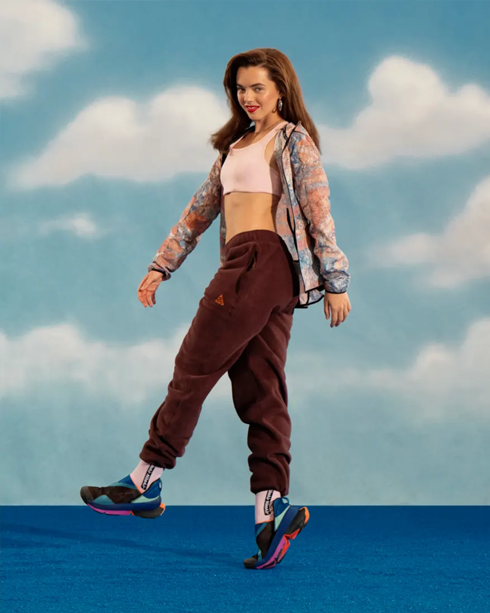
An inspirational letter
Matthew Walzer was just a teenager when he decided to write to Nike. Due to his cerebral palsy, he couldn’t tie conventional lacing systems on his own, meaning that someone else always had to help him. Although he liked wearing Nike basketball shoes in particular because of their high ankle support, which helped with his condition, he was disappointed that the brand didn’t provide any adaptive options for people like him. After years of considering how to approach Nike, at the age of 16, he eventually wrote to them to explain his situation. He laid out the problems that came along with his disability, but also stated that he was almost fully self-sufficient. The teenager was looking forward to going to college, but didn’t want to have to rely on friends to tie his shoelaces for him – a final frustrating challenge that he simply could not overcome by himself. He called on Nike to create a shoe that would give him the independence he desired before going off to college. The letter was read by Nike CEO Mark Parker, who passed it on to Hatfield. Walzer’s words inspired him to double down on his work building adaptive technologies, and he turned his focus to making a sneaker with an easy-entry system that would solve Walzer’s problem.
A satisfied customer
It took Hatfield three years to perfect his first FlyEase shoe – the Nike Zoom Soldier 8 FlyEase. When a pair was sent to Walzer to test out, it proved to have been time well spent as he was delighted with the result. He replied to Hatfield to express his gratitude, saying how independent they allowed him to be and describing the strong feeling of accomplishment he got when putting them on. The novel design combined a zipper which ran around the heel with a Velcro strap that made it possible for Walzer to open the back of the shoe entirely. From there, he could easily slide his foot in and do them up without any issues. Since it was part of LeBron James’ signature line, it also featured a high ankle, making it the perfect shoe for Walzer’s condition – he even got to meet LeBron as a result of the collaboration. In contacting Nike directly, Walzer had made a bold move, but his bravery spurred a movement that led to a whole new range of adaptive technologies.
Expanding the range
After the release of the Zoom Soldier 8 FlyEase, Nike went on to partner with organizations like the Center for the Intrepid, which works with military amputees and burns victims, and the US Paralympic Rugby Wheelchair team, for which they developed tech to keep the players in their seats during tackles. As well as working with Sarah Reinertsen, Nike’s designers began consulting other athletes, such as wheelchair fencer Beatrice Vio, further growing their knowledge on how best to serve the disabled community. They also worked with WNBA star and Olympic gold medallist Elena Delle Donne to construct another accessible basketball shoe which was the first FlyEase model not to belong to a pre-existing Nike line. Inspired by her sister Lizzie, who has a number of disabilities, she assisted in the creation of the Nike Air Zoom UNVRS. It included a magnetized heel strap and a fold-down heel to provide easy, hands-free access alongside a host of other Nike technologies, such as a Flyknit upper and Flywire cables, which allowed it to accommodate feet of different shapes. In addition, inspiring messages were printed across the design to show Nike’s ambitions for the shoe: “Expand human potential across the UNVRS All genders All abilities All origins Everyone”, “There are no limits Anything is possible” and “Bring inspiration and innovation to every athlete in the world”.
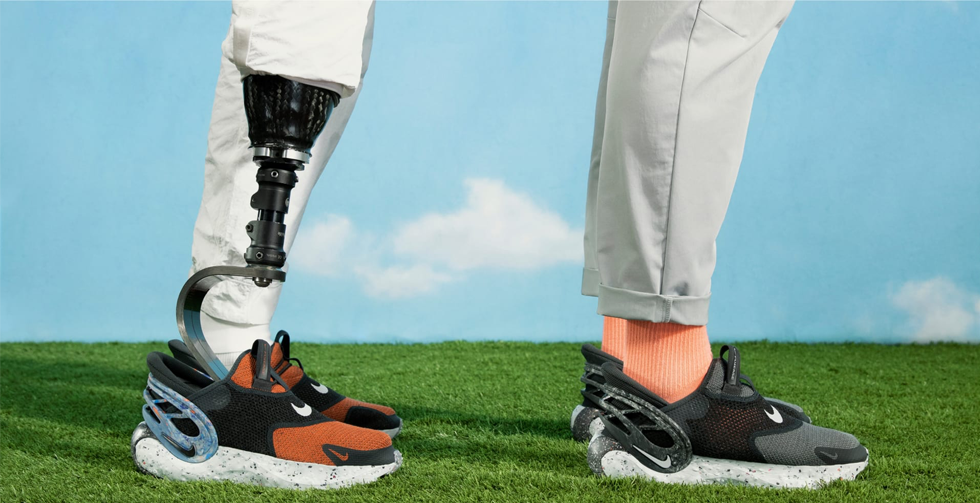
The UNVRS was released in 2019, a year which delivered the first adaptive football cleat as well. This sport-specific shoe was created for Seattle Seahawks linebacker Shaquem Griffin who, having no left hand, found it difficult to quickly do up laces. Nike designed a cleat with straps instead, which pleased Griffin as the simple fastening system could be used by any athlete. Since releasing these sneakers, Nike has continued to work with a range of athletes on new and more accessible designs, with Delle Donne receiving her own signature shoe, the Nike Air Deldon, in 2022. Its FlyEase system was incredibly easy to use, with a tongue that could be folded down to widen the opening at the top and a collapsible heel. It even came with a hangtag containing visual instructions on how to operate the easy-access system.
A universal design
This universality is something which has become a key part of Nike’s FlyEase line over time. The suite of early adaptive models certainly helped many people who had previously struggled to get into traditional shoes, offering them fashionable options outside of the more functional-first ones available in orthopedic shops. However, later FlyEase designs had a broader audience due to their ability to make life easier for everyone. This ethos is what brought about one of the most hyped and accessible FlyEase shoes ever created – the Nike Go FlyEase.
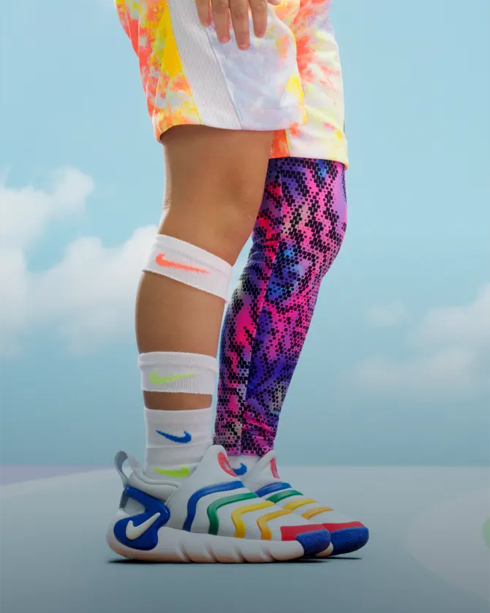
A fully hands-free design
As Nike’s designers continued to investigate the different ways they could help those who struggled to put on traditional shoes, they considered how to make a fully hands-free model. It occurred to them that many people simply use their feet to take off their shoes, for example, when unable to bend over, by holding the heel with one foot and pulling the other foot out. It’s not uncommon to see shoes which have a collapsed heel due to the owner repeatedly putting them on this way. This observation led Nike to experiment with designs that facilitate these natural actions, but the challenge was to make something functional and aesthetically pleasing but not too complex or expensive to produce. It also needed to look like a shoe so that people could connect with it on more than just a practical level.
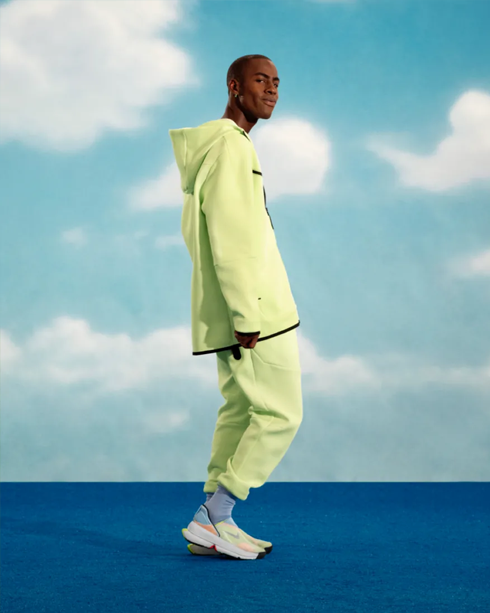
A productive partnership
As work on the new model progressed, Nike began to contact other companies designing adaptive shoes. Kizik, a small footwear designer working on hands-free solutions, had already been making accessible shoes with collapsible heels for some time. Nike’s President of Innovation, Tom Clarke, decided to approach Kizik’s founder, Mike Pratt, who was the mastermind behind many of the company’s adaptive designs, to set up a collaboration that would improve the creative output of both. He even recommended that Pratt hire a former Nike employee by the name of Skip Lei. With Lei on board, the partnership was established, and the two brands began sharing ideas on a regular basis. The Air Max 90 FlyEase was a direct result of this collaboration. Nike’s design concepts were combined with those of the experts at Pratt’s Handsfree Labs to make an updated version of the iconic design which made use of their trademarked Foot Activated Shoe Technology. It was composed of a flexible material surrounded by a triangular housing in the heel that could be pushed down using the foot to allow easy entry. A similar collapsible heel system has been used on a number of models since, including Nike’s Metcon popular training shoe.
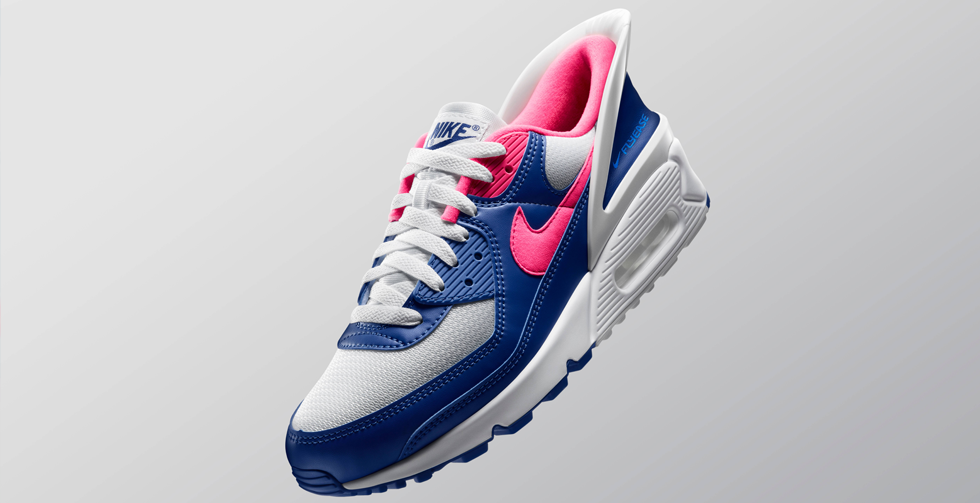
Making progress
Alongside this blossoming partnership, Nike continued to consult with members of the disability community, and a new design began to take shape. The designers first came up with a shoe that was cut in half down the middle and held together with surgical tubing. This gave them a basic starting point and demonstrated the need for this full opening of the heel to allow the wearer to simply slide their foot in. By the time they had arrived at the final product, it looked radically different from any other sneaker, but still had the appearance of a shoe. Nike called it the Go FlyEase.
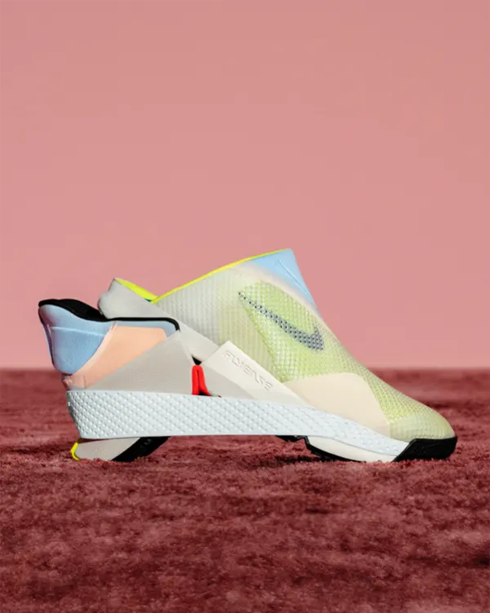
A groundbreaking design
The Nike Go FlyEase was groundbreaking in three specific ways. Firstly, it had a large wedge kickstand on the heel which facilitated the intuitive movement of holding the back of the shoe with one foot to take it off. Secondly, a broad elastic band known as the Tensioner was wrapped around the whole circumference of the shoe to support it as it opened and closed. Nike made this durable belt using a material generally employed in the construction of soles and performed rigorous machine testing to ensure it had the necessary strength to perform its function. The Tensioner provided stability for the shoe’s third and most innovative feature – the bi-stable hinge.
Over the years, Velcro straps, magnetized bands, zips and cables had all been used on FlyEase shoes, but the hinge was a more cutting-edge technology that was the culmination of the brand’s work on adaptive components started by Hatfield almost two decades before. It was set into the midsole around the part where the vamp meets the quarter, allowing the back third of the shoe to fold open, away from the front. When in its open position, the shoe allowed the foot full access, so it could be slotted in without having to pull or push on anything. Once the foot was securely inside the front part of the shoe, the wearer simply stepped down on the back part, and it flattened out. The hinge then locked into its closed position and, most remarkably of all, it stayed there when the wearer’s weight was lifted, even if they made quite vigorous movements. To remove the shoe, the wearer simply had to hold the rubber kickstand with one foot and lift up with the other. The added pressure on the heel induced the hinge to pop open as the foot was raised, and it could easily be slid out. To enhance its strength, Nike added a strip of highly durable rubber along the middle of the outsole and surrounded the hinge with extra layers of foam. This supported the Tensioner to hold the shoe together as it opened and closed, creating stability throughout the movement.
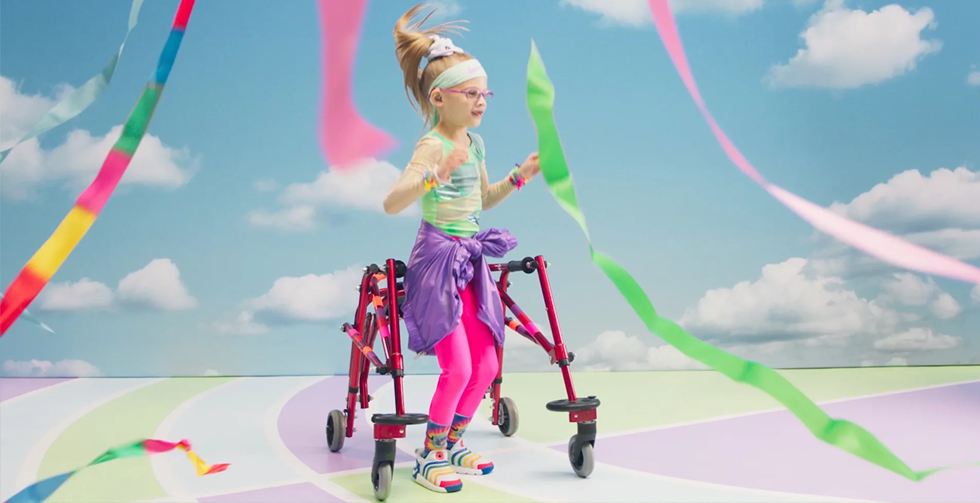
The ultimate accessible shoe
When it was released in February 2021, the Nike Go FlyEase was the ultimate in accessible shoe design, even coming with a box which could be kicked open without the use of the hands. It was the result of three years’ hard work, but in reality its groundbreaking design owed a lot to the foundational efforts of Hatfield, Reinertsen and their team. Though it had been developed with the disabled community in mind, it was also convenient for all kinds of people. To demonstrate this, Nike sent a pair to Jimmy Fallon, who had previously cut some of the brand’s shoes in half for a comedy sketch. This brought the Go FlyEase extra hype as he was clearly blown away by the design, which he showed off on this popular TV show. The presenter showed off the intuitive movement needed to put the shoe on, highlighting its similarity to the way many people already kick their shoes on and off.
Inaccessible accessibility
The Go FlyEase provided a more elegant way for everyone to put on shoes, whatever their body type, which is perhaps why it sold out so quickly when it was launched. In fact, it quickly became difficult to obtain, an issue which Nike was keen to fix, given that it was made to be an inclusive design for those who needed it most. A few months later, more became available, and since 2022, it has been much more accessible, once again offering an alternative for those with mobility issues as well as people who simply want a more user-friendly shoe.
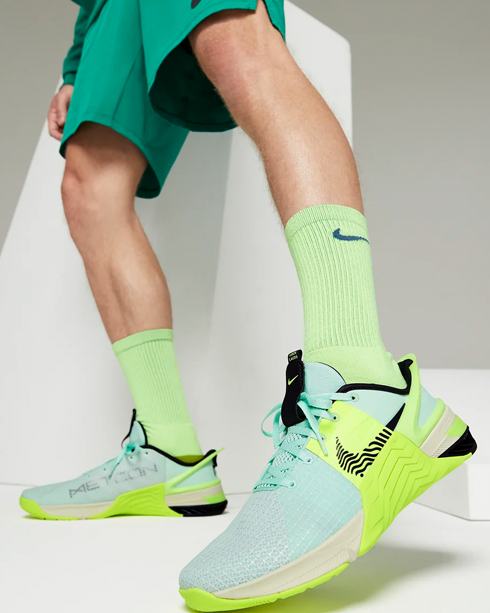
Classic collections
Since the release of the Go FlyEase, Nike has continued to launch adaptive models, sometimes adding hands-free systems and other accessible features to classic lines like the Pegasus and the VaporMax, and sometimes making entirely new designs. One notable shoe was part of a collection put together for the Tokyo Olympics. Called the Nike Glide FlyEase, it featured a flexible heel that automatically slipped back into place behind the foot once it was in the shoe and had an elastic cord built into the upper which wrapped over the foot to hold it securely in place. As well as being good for disabled athletes, it allowed other athletes to quickly get in and out of their trainers without constantly having to bend down as they moved between events in sports such as gymnastics, where they have to do so multiple times. This further raised the profile of Nike’s accessible designs, showing that they could make everyone’s lives easier, while the eccentric Rawdacious color scheme of white, Pink Blast, Total Orange and Bright Crimson demonstrated the brand’s desire to create these shoes with fashion in mind as well.
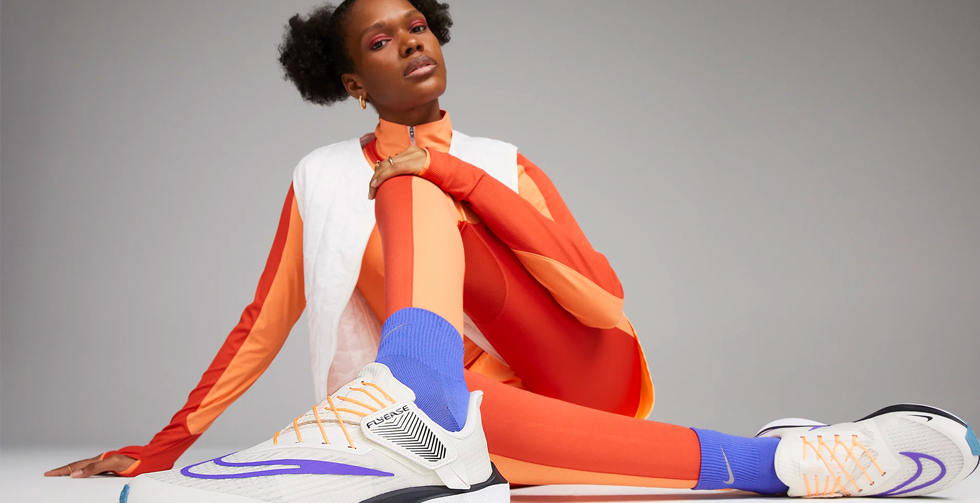
Two legendary designs get the FlyEase treatment
By 2022, FlyEase technology had evolved into many different forms and been used on many different sneakers. This provided people of varying ability levels with access to some of Nike’s most iconic silhouettes, but now it was time for the FlyEase line to expand to two of the most popular sneakers of all time – the Air Jordan 1 and the Air Force 1. The former was released in both high- and low-top versions, with a collar strap and zipper combination being used to open the back and a second strap expanding the opening at the top so that the foot could be slipped in easily before the whole thing was done up again using a single hand. After the first AJ1s were brought out in early 2022, a series of colorways were released throughout the year, until eventually the FlyEase donned the infamous Bred color scheme in early 2023. Not long after that, the Air Force 1 finally joined the FlyEase revolution. It incorporated much more subtle adaptations and actually looked almost exactly the same as the classic all-white colorway, aside from some new-look branding that hinted at its accessible build. It had a collapsible heel concealed beneath the outer, and the laces were sewn down, freeing the wearer from having to tie them up. At long last, the world had a fully hands-free Air Force 1.
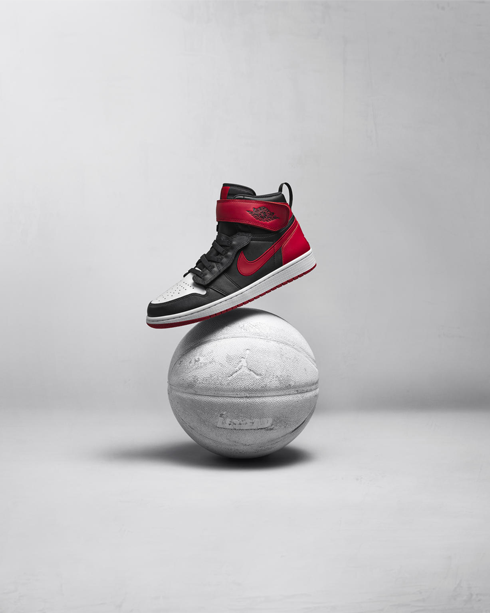
A new age of accessibility and innovation
It’s almost an understatement to say that Nike’s FlyEase line has completely changed how many people wear sneakers. Much more than providing adaptive and inclusive shoes for those with different types of feet and varying abilities, it offers them stylish, functional designs which they were previously unable to get. This has drawn praise from those within the disabled community as it has given them access to a whole range of fashionable sneakers, opening up a previously unattainable outlet for them to express their identities through footwear. In its endeavors to support these more niche groups, Nike began a new age of accessibility and innovation. The FlyEase Innovation team continues to work alongside members of the disabled community on its next designs, meaning that there will be yet more inclusive models in the years to come. Over a decade after Walzer penned his letter, Nike’s remarkable FlyEase creations are still having an impact as the brand lives up to Bill Bowerman’s poignant words.
